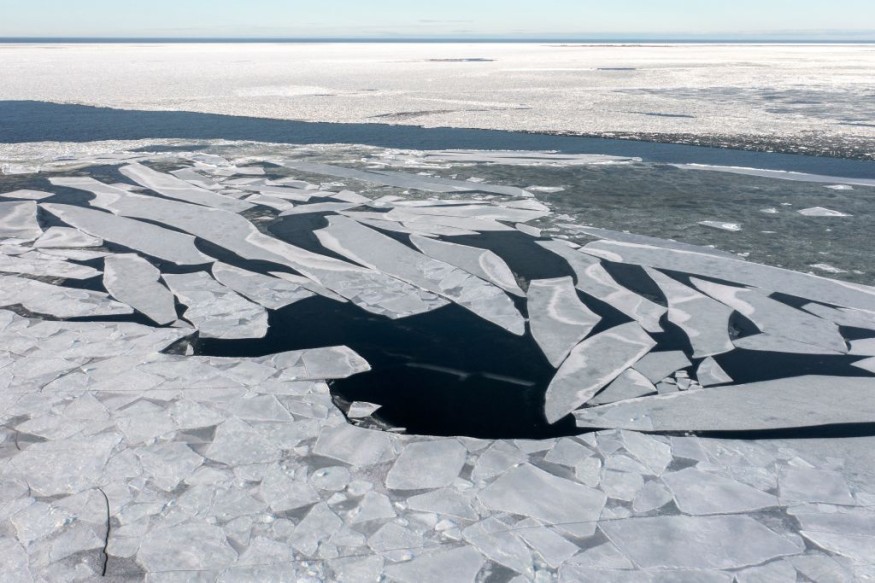In a new study published in the journal Nature Ecology & Evolution, archaeologists conducted radiocarbon dating of the Yuzhniy Oleniy Ostrov cemetery at Lake Onega, located around 500 miles north of Moscow, Russia.
According to Nature, the archaeologists excavated the site and conducted a radiocarbon dating of both human and associated animal remains at the cemetery. The radiocarbon dating shows the cemetery was used during the Holocene Epoch.
The study was conducted by an international team led by Professor Rick Schulting from Oxford University - School of Archaeology.
Cooling Event and Climate Change

The Holocene Epoch, formerly Recent Epoch, is the current geological epoch that started around 11,700 years ago, as per Britannica.
The Holocene Epoch shows the current interglacial interval, according to Britannica. It also marks the climate shift into our current global climate after the last major ice age. The study showed that the Yuzhniy Oleniy Ostrov was used for many centuries, but the archaeologists found the cemetery was used only for one to two centuries.
Due to this breakthrough, the archaeologists led to the discovery that the cemetery was used as a response to a period of climate stress by a global cooling event, known as the 8.2 ka cooling event, which took place around 8,200 years ago.
It also mentioned the 8.2 ka cooling event was the most dramatic climate shift in the northern hemisphere of Earth within the Holocene Epoch.
Our early ancestors in this region of Russia only used the cemetery between 100 and 300 years, between 8,250 and 8,000 cal BP, coinciding with the 8.2 ka cooling event.
Social and Economic Response to Climate Stress
The study's archaeological team postulates that the establishment of the Yuzhniy Oleniy Ostrov cemetery was a social and economic response to the stresses brought about by cooling event and regional resource depression during the said time period, as reported by Phys.org.
The team said the cemetery also helped define group membership, and this is based on the Yuzhniy Oleniy Ostrov cemetery's proximity to Lake Onega, which was once used by hunters and gatherers.
They stated Lake Onega had its own rich biodiversity and microclimate which attracted animals prior to the cooling event. The archaeologists said the Lake Onega area would have been grounds for fishery if the temperatures had not dropped.
The archaeologists found that the cemetery was left out of use when the climate improved-with its previous inhabitants returning to a more mobile way of life.
The study's findings on the cemetery highlight the importance of understanding the formation, integration, and dissolution of socioeconomic inequalities and territorial hostilities amid climate stress.
According to Eureka Alert, the Yuzhniy Oleniy Ostrov cemetery is one of the largest cemeteries in northern Eurasia during the early Holocene Epoch with a potential 400 graves and Russian archaeologists have excavated 177 during the 1930s.
© 2025 NatureWorldNews.com All rights reserved. Do not reproduce without permission.





